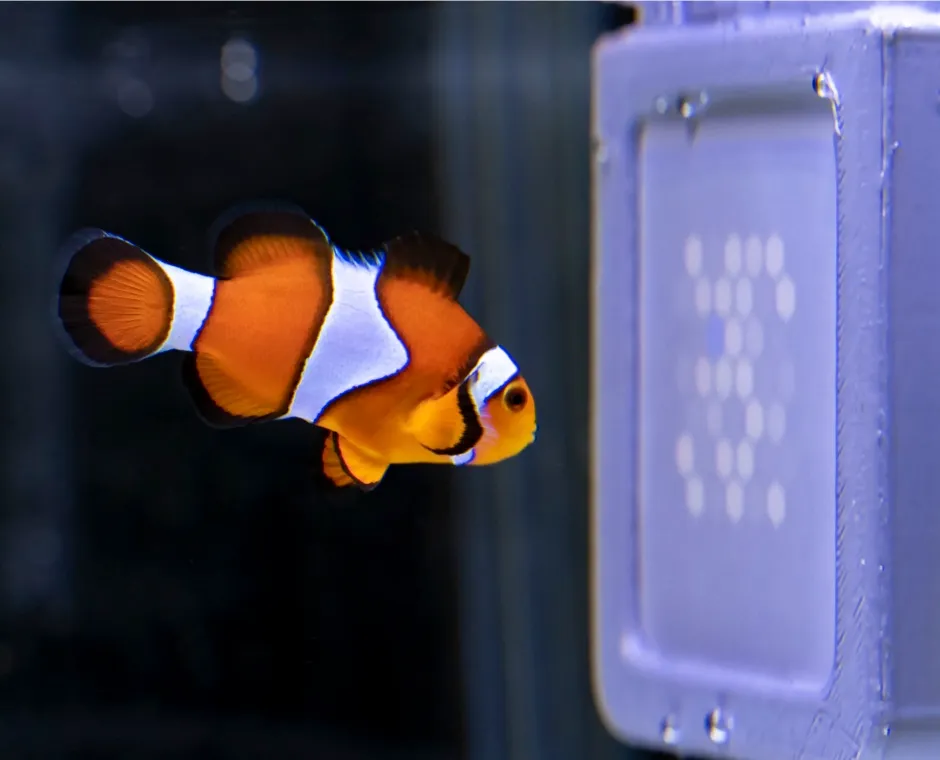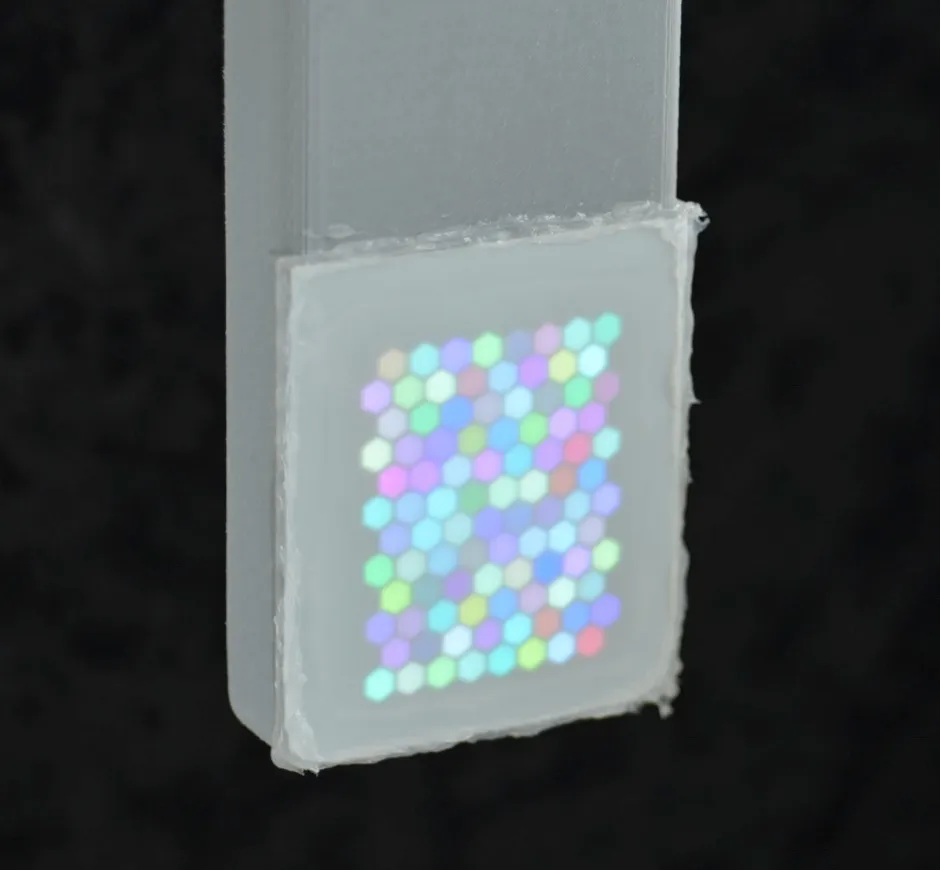Researchers have built a television display to find out how clownfish see the world.
Scientists have known for a long time that many animals see colours differently from humans. In animal vision studies, televisions and computer monitors are often used to display images and colours. But the problem is, screens for human use generally use three colours –red, green and blue – to create images, and these cannot test ultraviolet (UV) vision.
Read more about ultraviolet light:
Ultraviolet light has wavelengths measuring between 10nm and 400nm. Visible light, which humans can see, measures from 400 to 700nm.
Now, however, scientists at the University of Queensland in Australia, have developed a new display that also includes violet and ultraviolet, which will allow them to test the visual capabilities of animals that can see into the ultraviolet spectrum. And clownfish (Amphiprion ocellaris) were the first animals to get a front-row seat.

“Using this display, it’s now possible to show animals simple shapes, to test their ability to tell colours apart, or their perception of motion by moving dot pattern,” said study co-author Dr Samuel Powell, an engineer from the University of Queensland.
“We affectionately call it the ‘UV-TV’, but I doubt that anyone would want one in their home! You’d have to wear sunglasses and sunscreen while watching it, and the resolution is quite low – 8 x 12 pixels in a 4 x 5 centimetre area – so don’t expect to be watching Netflix in ultraviolet anytime soon!”

While the low resolution of the screen wouldn’t be sufficient to watch Finding Nemo, it’s all that was needed to show the fishpatterns of dots to test their perception of colours.
The fish were trained to ‘peck’ single-pixel targets of either blue, UV-grey, or UV out of a display of differently coloured dots. A scientist with a UV camera observed the fish to see if they picked the correct one. Of 416 trials, 360 were successful in that the fish correctly pecked the target.
Read more about fish:
Co-author Dr Karen Cheney, who is an expert in animal colour patterns, said that this technology will allow us to expand our understanding of animal biology. “There are many colour patterns in nature that are invisible to us because we cannot detect UV,” she said. “Bees use UV patterns on flowers to locate nectar, for example, and fish can recognise individuals using UV facial patterns.”
In fact, their research has shown that the white stripes on clownfish reflect UV light, so the fish may use UV colour signals to recognise each other.
“This technology is allowing us to understand how animals see the world, helping answer significant questions about animal behaviour,” said Cheney.
Reader Q&A: Do fish feel pain?
Asked by: Keith Anderson, Bradford
It’s an old adage that fish don’t feel pain. Their brains are too small and simple – or so the story goes. But evidence is stacking up to the contrary.
In 2003, researchers at the Roslin Institute near Edinburgh discovered sensory nerves in bony fish that allow them to detect pain in a similar way to birds and mammals, linking their skin and other areas of the body to the brain. The same team went on to find that, when injected in the lips with mild acid or bee stings, rainbow trout rocked their heads and rubbed their lips against the aquarium tank. Given painkillers, the trout behaved normally again.
Many other studies reveal aspects of fish suffering, including in cramped fish farms where some salmon stop feeding and show signs of depression, such as high levels of the stress hormone cortisol.
Read more about fish:
